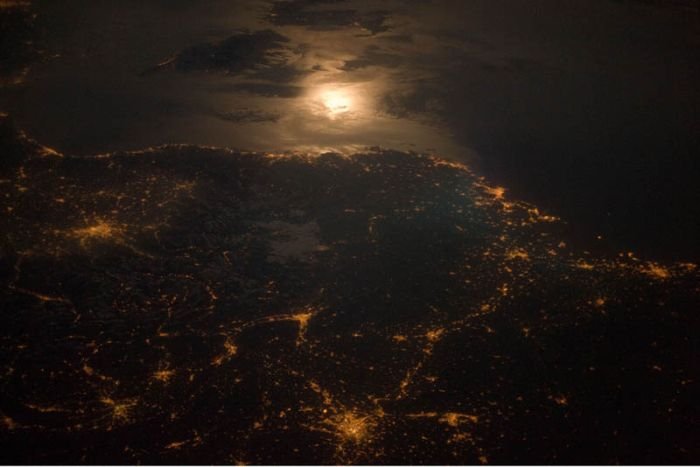|
|
Our Planet At Night
|
On other celestial bodies
The phenomenon of day and night is due to the rotation of a celestial body about its axis, creating the illusion of the sun rising and setting. Different bodies spin at very different rates, however. Some may spin much faster than Earth, while others spin extremely slowly, leading to very long days and nights. The planet Venus rotates once every 224.7 days – by far the slowest rotation period of any of the major planets. In contrast, the gas giant Jupiter's sidereal day is only 9 hours and 56 minutes. A planet may experience large temperature variations between day and night, such as Mercury, the closest planet to the sun. This is one consideration in terms of planetary habitability or the possibility of extraterrestrial life.
|
|









